Intelligence artificielle
Item
- Title
- Intelligence artificielle
- Item sets
- Concepts et mots-clés
Linked resources
| Title | Class |
|---|---|
| Algorithmes | Concept |
| Title | Class |
|---|---|
| Arts trompeurs | Concept |
| Title | Class |
|---|---|
| Artistes virtuels: bon ou mauvais? | Annotation |
| Disparition de l'artiste? | Annotation |
| Naevis: nouvelle dans le monde réel | Annotation |
| PLAVE, un groupe hors du commun | Annotation |
| Title | Class |
|---|---|
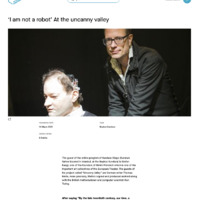 ‘I am not a robot’ At the uncanny valley ‘I am not a robot’ At the uncanny valley |
Article |
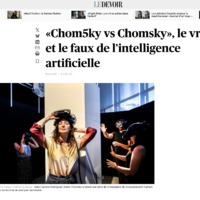 « Chom5ky vs Chomsky », le vrai et le faux de l’intelligence artificielle | Le Devoir « Chom5ky vs Chomsky », le vrai et le faux de l’intelligence artificielle | Le Devoir |
Article |
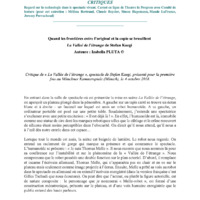 « La Vallée de l’étrange » de Stefan Kaegi « La Vallée de l’étrange » de Stefan Kaegi |
Article |
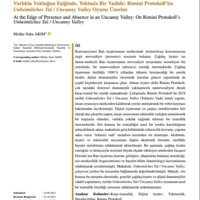 At the Edge of Presence and Absence in an Uncanny Valley: On Rimini Protokoll’s Unheimliches Tal / Uncanny Valley At the Edge of Presence and Absence in an Uncanny Valley: On Rimini Protokoll’s Unheimliches Tal / Uncanny Valley |
Academic Article |
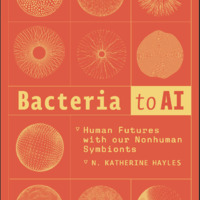 Bacteria to AI: Human Futures with our Nonhuman Symbionts Bacteria to AI: Human Futures with our Nonhuman Symbionts |
Book |
 Chomsky Vs Chomsky by Sandra Rodriguez Chomsky Vs Chomsky by Sandra Rodriguez |
Article |
| Title | Class |
|---|---|
 ANTICORPS ANTICORPS |
Performance |
 CHOM5KY vs CHOMSKY CHOM5KY vs CHOMSKY |
Film |
Annotations
There are no annotations for this resource.